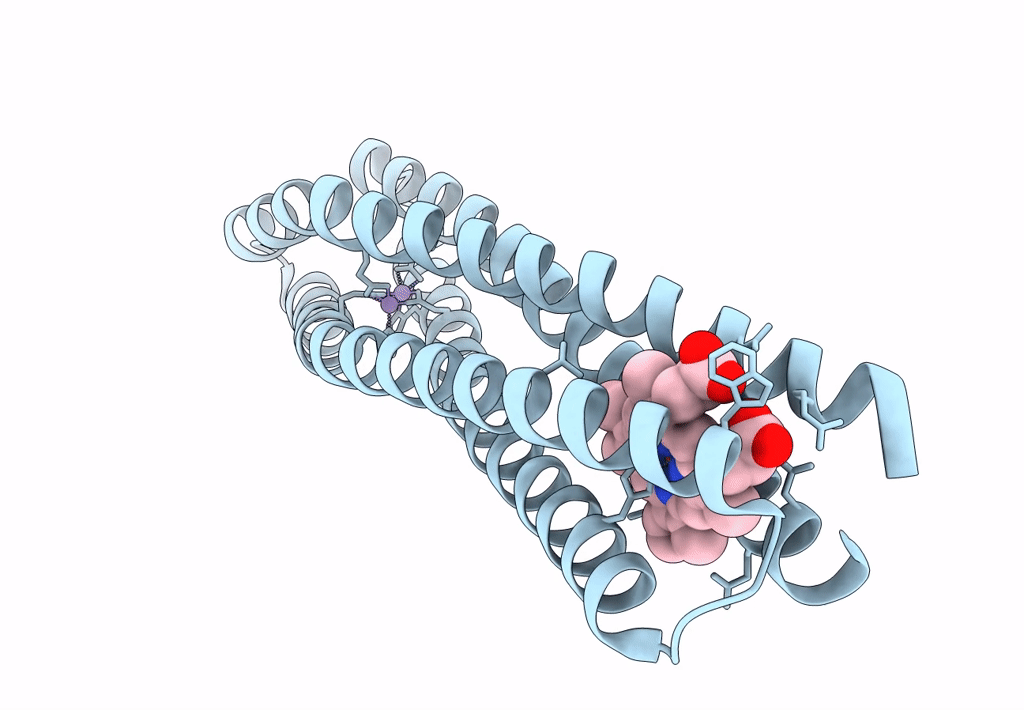
Deposition Date
2022-06-10
Release Date
2022-09-28
Last Version Date
2023-10-18
Entry Detail
PDB ID:
8D9P
Keywords:
Title:
De Novo Photosynthetic Reaction Center Protein Equipped with Heme B and Mn(II) cations
Biological Source:
Source Organism:
synthetic construct (Taxon ID: 32630)
Host Organism:
Method Details:
Experimental Method:
Resolution:
1.90 Å
R-Value Free:
0.24
R-Value Work:
0.21
R-Value Observed:
0.22
Space Group:
P 41 21 2


